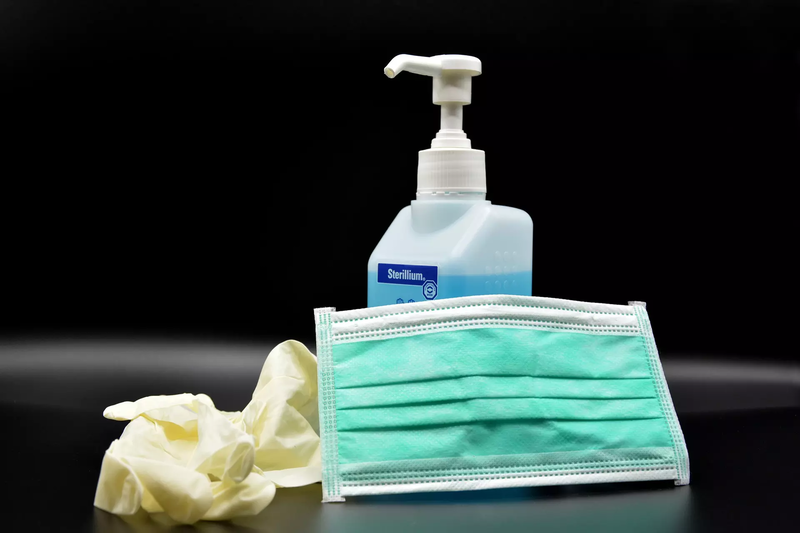Personal protection equipment in the time of COVID-19
May 29 2020 /
We all know that the SARS-CoV-2 virus spreads by droplets and aerosols, and by contaminated fomites. Breaking the cycle of infection is the way to flatten the infection curve in the population, and part of breaking the cycle is wearing protection equipment (PPE).
What are the PPE guidelines these days?
Health authorities are hamstrung here, because of a paucity of data. We still know far less about COVID viruses in general, and COVID-19 in particular, than we’d like. We know about how far they can travel, person to person, about how long they can survive on various surfaces and in the air, and we know sort of how they replicate. But we don’t know anything about their ability to confer immunity, or why they hit some parts of the population harder than others.
Because these things are unknown, level of care is what drives guidelines in appropriate PPE. If your line of work involves intubating patients, for example, you’ll need more protection than you would, say, if you were defibrillating someone. There are studies about this, and this much they do tend to say (as any sensible person would probably anticipate). This means tight-fitting masks, or N95 respirators, and face shields. Overlapping sleeves, to go with the routine gloves, are recommended as well.
Patients should be wearing PPE too – masks at the very least.
The general algorithm is to consider the airborne, droplet, and contact precautions, in that order. Vexingly, the extent of the role that each plays is still not clear. But this is the accepted order of gravity, so to speak.
There are ancillary precautions too, not about selection of equipment, but about wider use. Cochrane reviews are showing that minimizing the number of personnel in theatre matters a great deal. Another – and this has only recently been examined in the literature – is to reduce to a protocol the way the equipment is taken off and discarded.
What’s emerging is an interesting matrix of principles governing overall use of clinic and hospital PPE.
Nobody disputes that PPE is just plain necessary and good. Consensus is beginning to form that there is no one perfect PPE solution. It’s also agreed generally that homemade solutions probably aren’t worth the trouble – they don’t work very well. Getting the equipment off without scattering microbes matters a lot, too. Whatever your own procedure for donning or doffing, that mask or respirator should go on first, and come off last. It’s up to administrators, how to standardize the various ways of addressing these things, and to make them scalable across their organizations. The administrators can take some comfort in knowing that PPE training also seems to matter in how well the precautions work. Those little CPD courses they’re typically responsible for, that staff dislike having to take, actually are important.
The curve is flattening, anyway. That’s the good news. Why is it flattening? A lot of reasons. One of them is that personal protective equipment, conceived and managed carefully, does turn out to work.
So buy masks, and use them.
